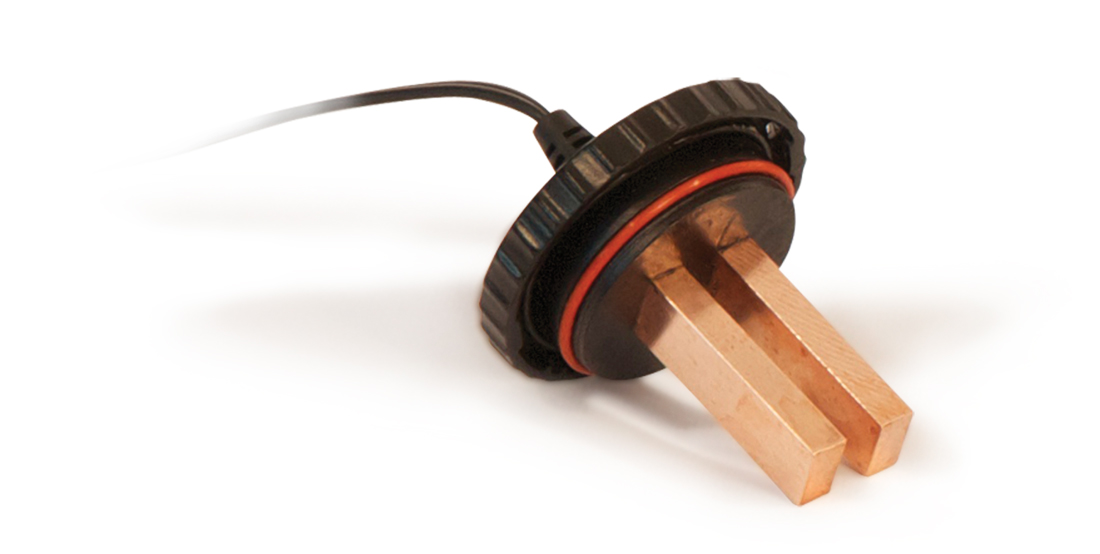The Un-Filters 401 Chapter 5
The Ionizer - A great tool, but you have to know how to use it.
There’s a lot of misinformation and downright incomprehension out there about ion generators. Without proper instruction, they can easily be misused and ineffectual, and may even be harmful to long-lived fish like Koi and other particularly sensitive animals like amphibians. On the other hand, properly used, copper and silver ions have a proven track record of clearing green water, suppressing string algae, even eliminating disease causing organisms, and have been in use for thousands of years. Yes, thousands.
The ancient Egyptians kept their beer in silver pitchers, where tiny amounts of silver ions completely eliminated bacteria that would have spoiled their “liquid bread”, from which they derived most of their sustenance. (I’m not sure which is the more amazing, that they knew about germicidal ionization, or that they lived on beer!) They weren’t the only ones, either. Alexander the Great purified water on his campaigns in casks lined with silver, and the Phoenicians, Greeks and Romans used silver to purify water as well. The practice of throwing a silver coin into a cup to keep milk and other liquids from spoiling persisted into the Middle Ages, and there’s a reason why children of the wealthy were fed with a “silver spoon”. (Silver’s ability to suppress bacteria is also why to this very day we often call our table service ‘silverware’.) Silver ions produced by electrolysis, the use of an electrical current to produce ions in water, came into use in the 1930s, and have been used in water purification, water cooling towers, swimming pools and sensitive areas such as hospital water supplies. Silver ion purification has even gone extraterrestrial – NASA used it to purify the astronauts’ water supplies on the Space Station and other manned missions.

Copper too has a long and illustrious history. First smelted some 11,000 years ago, its antibiotic capabilities were probably discovered far earlier than the first written reference of the use of copper to purify water and disinfect wounds, in an Egyptian text now called the Smith Papyrus from about 4400 years ago. Ancient Ayurvedic practices of the Indian subcontinent dating from as long as 5000 years ago recommended the use of copper vessels for water purification. The Romans used copper containers to suppress fungal infections in food and keep water clean. These days, copper ions can replace the much harsher but very popular copper chemical compounds in current use as algae suppressors, such as copper sulfate, which is very effective at disrupting algae cell metabolism and is used extensively in many products to control algae in both fresh and salt water. However, in pond and lake applications the powdered chemical forms are difficult to apply uniformly and quickly settle to the bottom where the copper no longer controls floating or suspended algae species. The Ionizer addresses these concerns, but only when used correctly and properly monitored.
There’s a lot of misinformation and downright incomprehension out there about ion generators. Without proper instruction, they can easily be misused and ineffectual, and may even be harmful to long-lived fish like Koi and other particularly sensitive animals like amphibians. On the other hand, properly used, copper and silver ions have a proven track record of clearing green water, suppressing string algae, even eliminating disease causing organisms, and have been in use for thousands of years. Yes, thousands.
The ancient Egyptians kept their beer in silver pitchers, where tiny amounts of silver ions completely eliminated bacteria that would have spoiled their “liquid bread”, from which they derived most of their sustenance. (I’m not sure which is the more amazing, that they knew about germicidal ionization, or that they lived on beer!) They weren’t the only ones, either. Alexander the Great purified water on his campaigns in casks lined with silver, and the Phoenicians, Greeks and Romans used silver to purify water as well. The practice of throwing a silver coin into a cup to keep milk and other liquids from spoiling persisted into the Middle Ages, and there’s a reason why children of the wealthy were fed with a “silver spoon”. (Silver’s ability to suppress bacteria is also why to this very day we often call our table service ‘silverware’.) Silver ions produced by electrolysis, the use of an electrical current to produce ions in water, came into use in the 1930s, and have been used in water purification, water cooling towers, swimming pools and sensitive areas such as hospital water supplies. Silver ion purification has even gone extraterrestrial – NASA used it to purify the astronauts’ water supplies on the Space Station and other manned missions.

Copper too has a long and illustrious history. First smelted some 11,000 years ago, its antibiotic capabilities were probably discovered far earlier than the first written reference of the use of copper to purify water and disinfect wounds, in an Egyptian text now called the Smith Papyrus from about 4400 years ago. Ancient Ayurvedic practices of the Indian subcontinent dating from as long as 5000 years ago recommended the use of copper vessels for water purification. The Romans used copper containers to suppress fungal infections in food and keep water clean. These days, copper ions can replace the much harsher but very popular copper chemical compounds in current use as algae suppressors, such as copper sulfate, which is very effective at disrupting algae cell metabolism and is used extensively in many products to control algae in both fresh and salt water. However, in pond and lake applications the powdered chemical forms are difficult to apply uniformly and quickly settle to the bottom where the copper no longer controls floating or suspended algae species. The Ionizer addresses these concerns, but only when used correctly and properly monitored.




